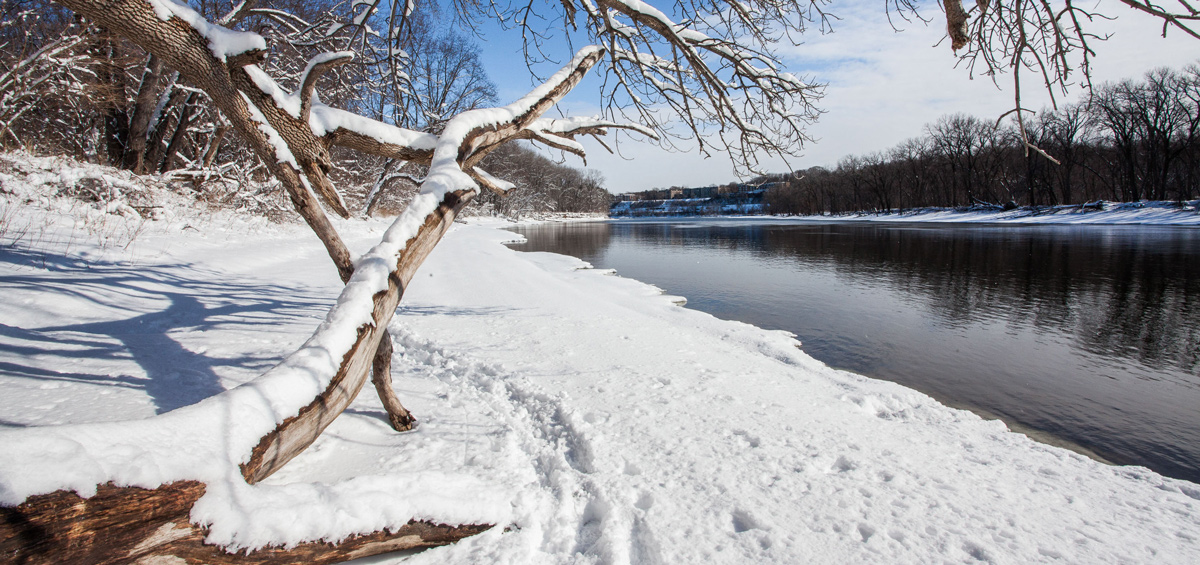At Wood River across from the mouth of the Missouri, the morning is clear and cold, and the trees are covered in ice. On or near this day, Clark estimates that the expedition will return to St. Louis before the end of 1805. Lewis works in Cahokia and St. Louis.
A Beautiful Morning
a Butifull morning Clear Sunshine the wi[n]ds ligh[t] from the N W, the Thermometer at 9 oClock Stood at 4° abo 0, (I take fesick)
—William Clark
Estimated Return Times
[mls] [months] [days] 1805{ (Delay 15 days) Returning from the Ocean to the river 650 miles @ 10 ms. pr Day is 65 days Viz: 15 in August, Septr. 20 in Octr. 650 in 3 0 do— Viz in 65 Days m at 12 m pr Day 54 Day, 15 July Augt. 9 in Septr 1 24 ditto to the Mandens @ 20 ms pr. Day 45 Days Septr. Octr— 900 1 21 ditto @ to the mouth Nov. & Dec @ [blank] 2 0 Returning to the Mandan @ 10 pr 3 26 do do at 12 do 3 15 —William Clark, undated field note[1]This table has been created from Moulton, Journals, 2:159 and Ernest S. Osgood, The Field Notes of William Clark, 1803–1805, Document 7 (New Haven and London: Yale University Press, 1964), 20 and … Continue reading
Weather Diary
Therm. at rise
weather wind Therm. at 4 oClock weather wind River 4 above 0 cloudy N W 11 above 0 cloudy W fall The Trees covered with ice to day
—Meriwether Lewis and William Clark[2]To assist the reader, the editor of this web page has omitted the date column, merged the “River” columns, and spelled out some abbreviations.
Experience the Lewis and Clark Trail
The Lewis and Clark Trail Experience—our sister site at lewisandclark.travel—connects the world to people and places on the Lewis and Clark Trail.
Plan a trip related to January 24, 1804:

Winter Camp at Wood River (Camp Dubois) is a High Potential Historic Site along the Lewis and Clark National Historic Trail managed by the U.S. National Park Service. The site, near Hartford, Illinois, is managed as Lewis and Clark State Historic Site and is open to the public.
Notes
| ↑1 | This table has been created from Moulton, Journals, 2:159 and Ernest S. Osgood, The Field Notes of William Clark, 1803–1805, Document 7 (New Haven and London: Yale University Press, 1964), 20 and 203. Table borders and shading have been added for clarity. |
|---|---|
| ↑2 | To assist the reader, the editor of this web page has omitted the date column, merged the “River” columns, and spelled out some abbreviations. |



